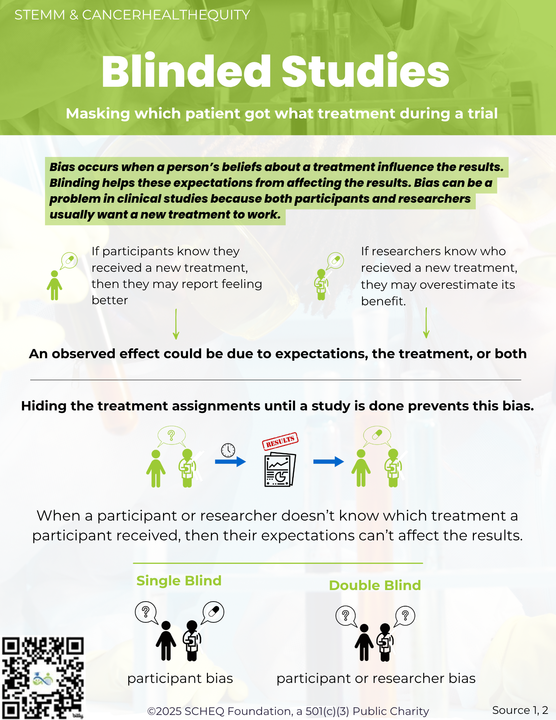Dr. Luiz Walter Alvarez was an inventor, American physicist, and professor who was awarded the Nobel Prize in Physics in 1968 for the discovery of resonance particles. Alvarez was born in San Francisco on June 13, 1911. His grandfather and father were doctors. His father took a post at the Mayo Clinic in Rochester, MN, while Alvarez attended Rochester High School. He obtained his BS (1932), MS (1934), and PhD (1936) in Physics at the University of Chicago. Alvarez went on to join the Radiation Laboratory of the University of California-Berkeley as a research fellow in 1936. He was an Associate Professor (1938-1945), Associate Director at the Lawrence Berkeley National Lab (1954 -1959), and Professor of Physics at Berkeley after 1945.
During WWII he contributed to the war efforts. He worked at the Radiation Laboratory at Massachusetts Institute of Technology (1940-1943) on radar systems which could be used for both civilian and military endeavors. There he made improvements to IFF radar beacons and the VIXEN systems which prevented enemy submarines from knowing they were detected. He also worked at the Metal Laboratory at the University of Chicago (1943-1944) on nuclear reactors. He then worked at Los Alamos Laboratory (1944-1945) as part of the Manhattan project in the development of detonators and implosion tests. Following the war, Alvarez returned to Berkeley to continue his work in physics, and he was awarded the Nobel Prize in Physics in 1968. He was instrumental in the construction of the proton linear accelerator at Berkeley, and then made further contributions to elementary particle physics through his use of hydrogen bubble chambers to determine resonance states. He was inducted into the National Inventors Hall of Fame in 1978.
In 1980, he, his son Walter Alvarez, Frank Asara, and Helen Michel published a paper theorizing that a crater led to the extinction of dinosaurs. This was later found to be supported. In 1988, Alvarez passed away due to complications from esophageal cancer. Today, Alvarez is best known for his contributions to elementary particle physics and contributions to the Manhattan project.
Sources:
- https://ahf.nuclearmuseum.org/ahf/profile/luis-alvarez/
- https://www.nobelprize.org/prizes/physics/1968/alvarez/biographical
- https://en.wikipedia.org/wiki/Luis_Walter_Alvarez
- https://www.hispanicheritagemonth.org/famous-hispanic-people/luis-walter-alvarez/
- https://www.hispanicmonth.net/famous-people/luis-walter-alvarez/
- https://www.invent.org/inductees/luis-walter-alvarezhttps://www.nps.gov/people/manhattan-project-scientists-luis-walter-alvarez.htm
- https://www.nps.gov/people/manhattan-project-scientists-luis-walter-alvarez.htm
Feature Image Source: Lawrence Berkeley National Laboratory / Department of Energy (Very minor restoration by Adam Cuerden) – United States National Archives and Records Administration NAID: 39146968 Local ID: 434-LB-7-XBD201111-01339




